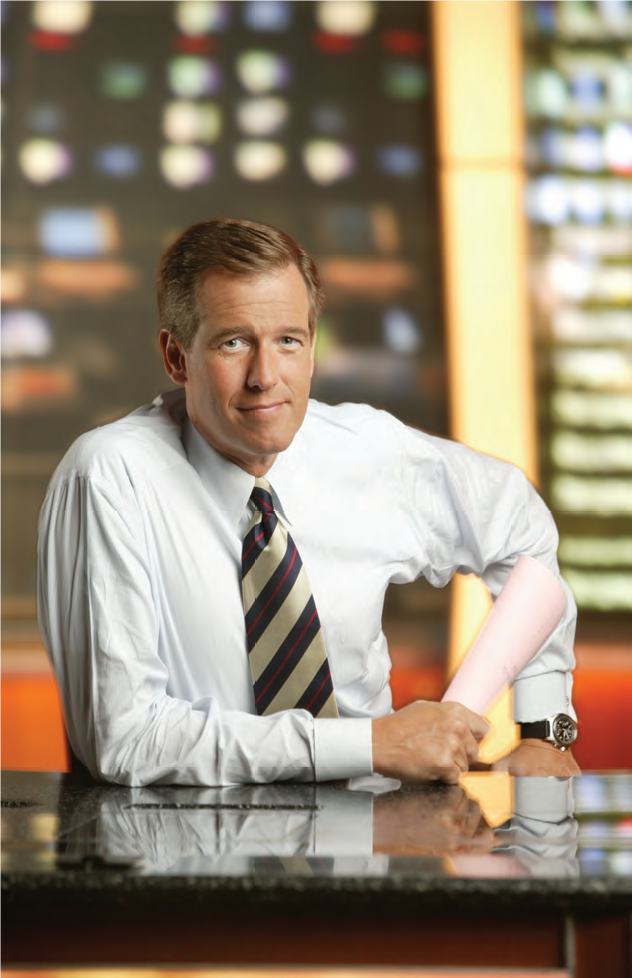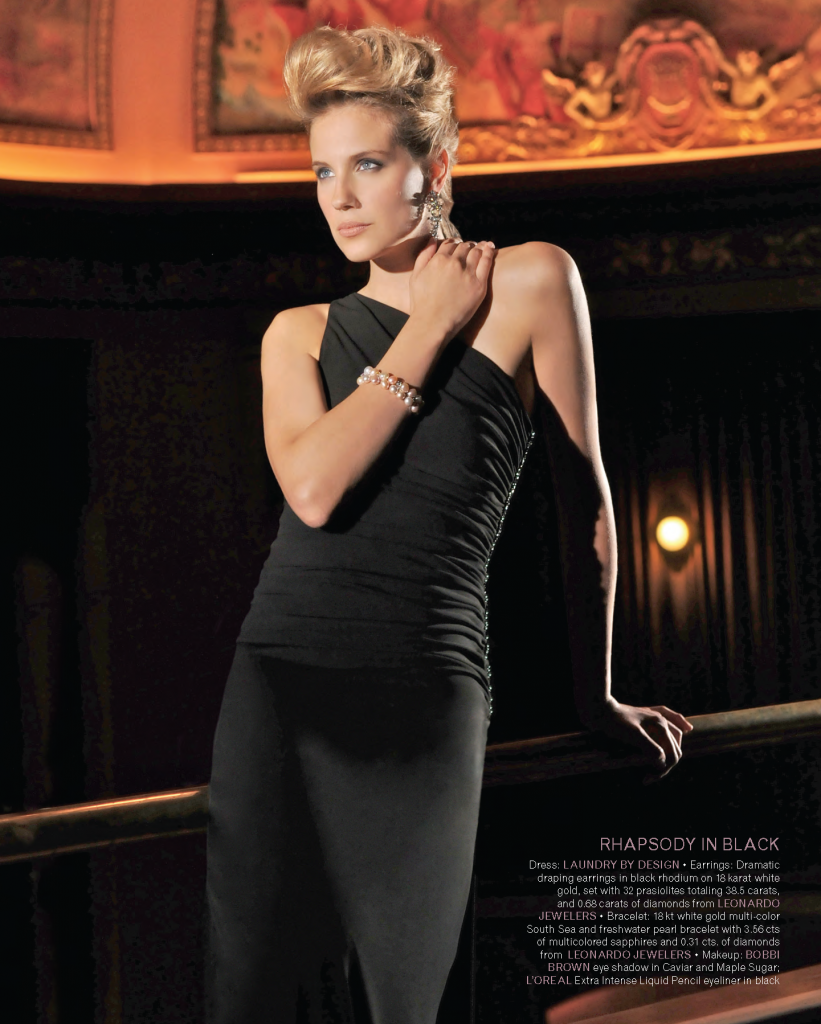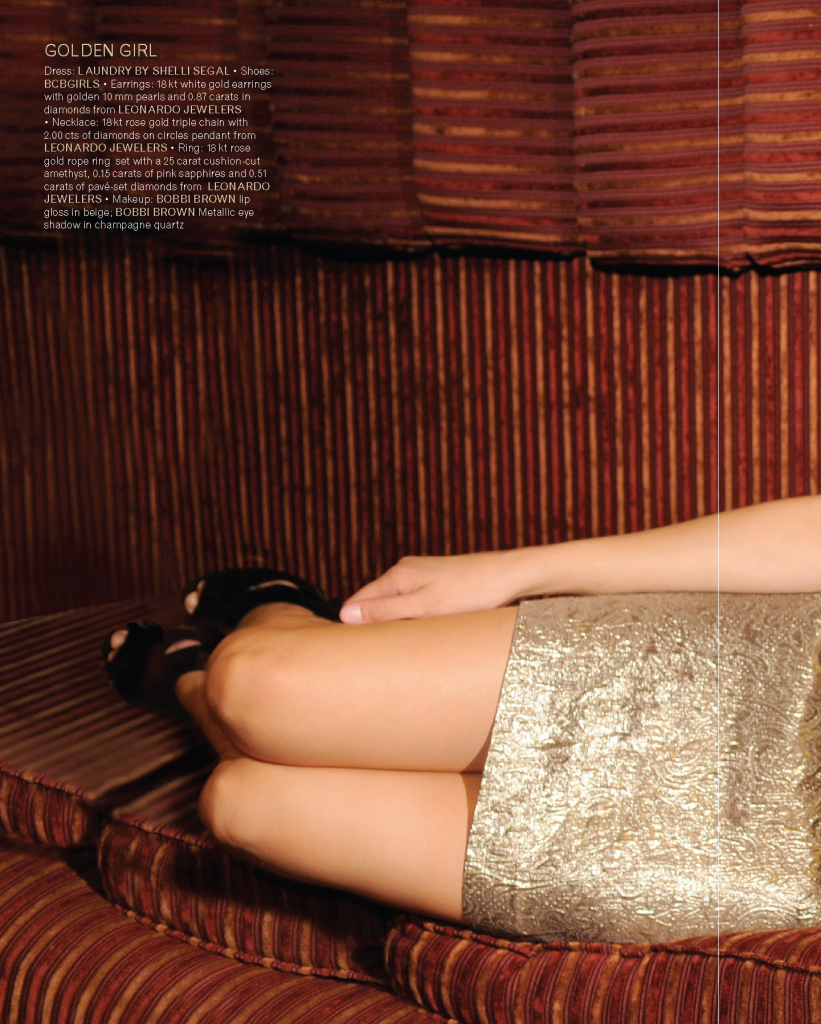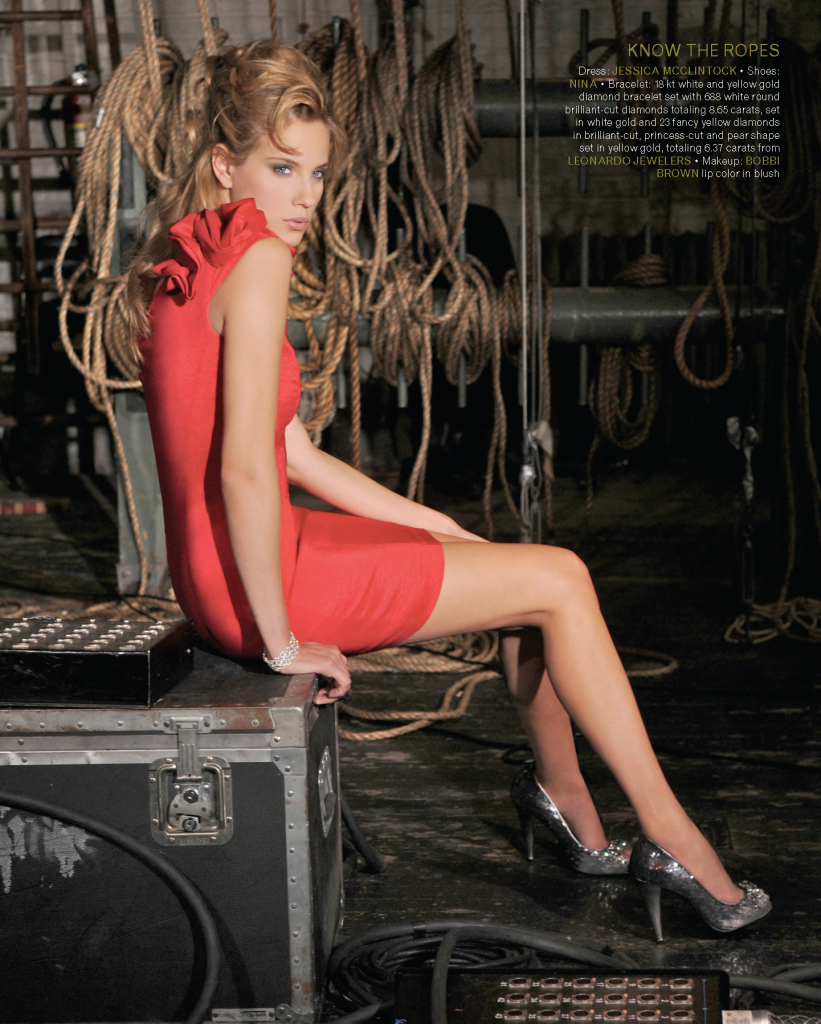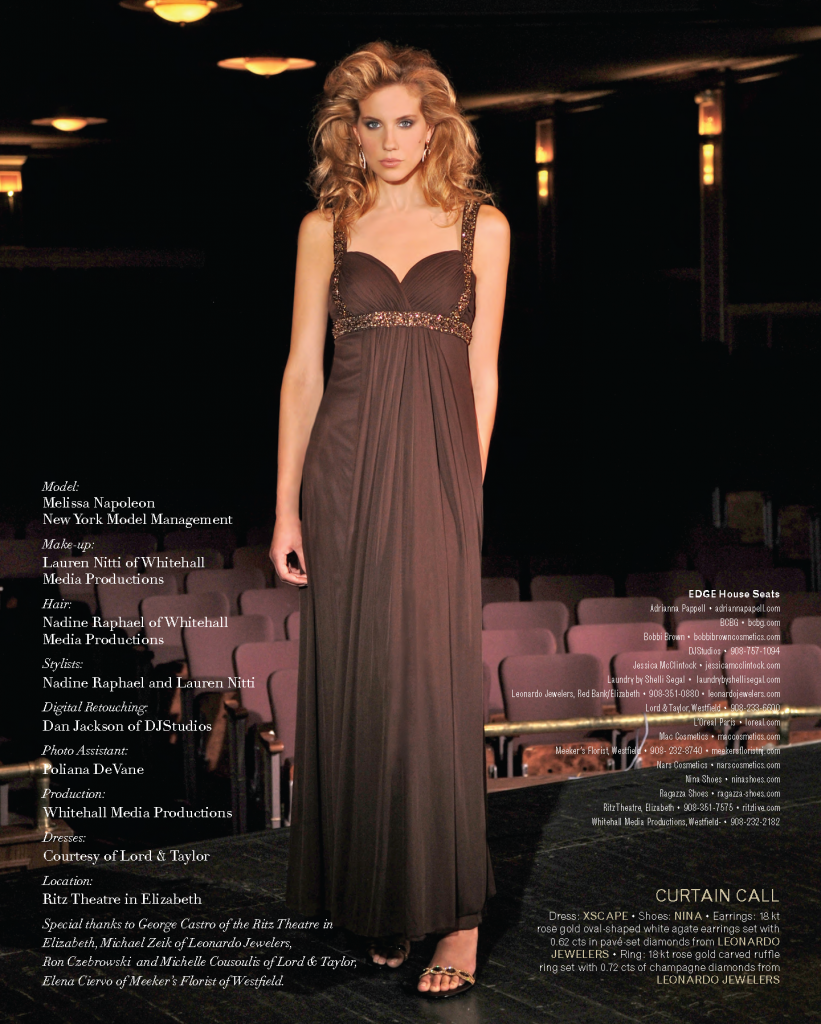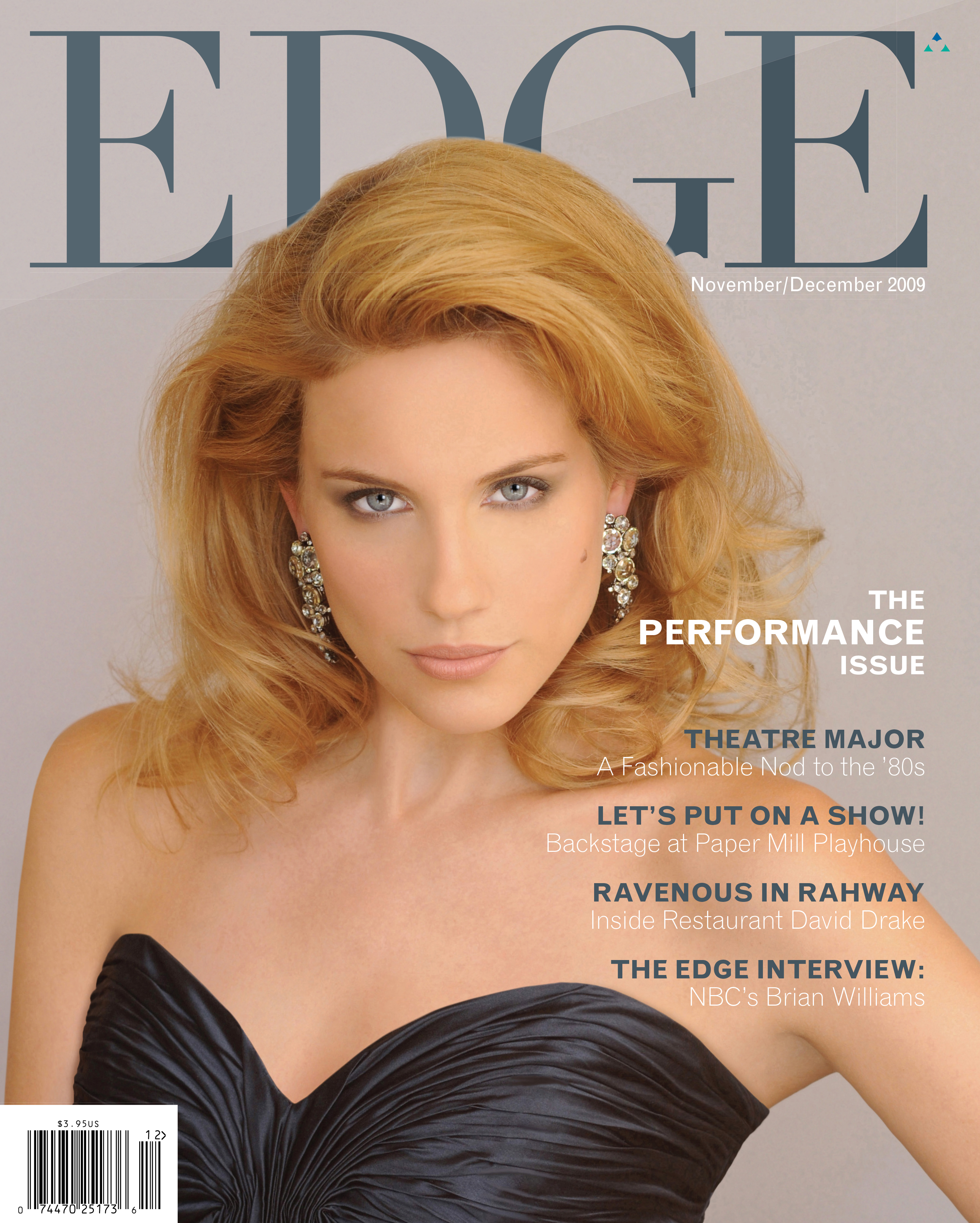David Drake is in the house, and this— in the age of name-brand chefs playing musical stoves at multiple locales—is enough to raise the excitement level at the restaurant that bears his name in downtown Rahway.
Where David Drake goes, those with curious and refined palates follow. Thus, Restaurant David Drake has become a must on dine cards statewide. The chef who has done star turns at Stage House Inn, Ryland Inn and the Frog and the Peach here in New Jersey, as well as at the River  Café in Brooklyn Heights, turned an old insurance agency into a restaurant in 2005. The city that too often had been associated with a prison took on new luster and a new (and desirable) distinction: dining destination. Then, in 2007, he
Café in Brooklyn Heights, turned an old insurance agency into a restaurant in 2005. The city that too often had been associated with a prison took on new luster and a new (and desirable) distinction: dining destination. Then, in 2007, he  opened Daryl Wine Bar & Restaurant in New Brunswick. This year, he’d also been spotted on KP duty up at Alice’s Restaurant at Lake Hopatcong. When a chef spreads his wings in ways other than through the menu at his eponymous restaurant, there can be cause to worry. No worries in Rahway. Restaurant David Drake’s chef de cuisine Peter Turso is technically skilled and culinarily gifted. But on this night, with Drake in the kitchen and then doing a post-dinner rush survey of dining rooms both upstairs and down in this posh, yet winsomely rustic setting, there’s a confidence that speaks of decades of experience in high-toned, high-pressure kitchens.
opened Daryl Wine Bar & Restaurant in New Brunswick. This year, he’d also been spotted on KP duty up at Alice’s Restaurant at Lake Hopatcong. When a chef spreads his wings in ways other than through the menu at his eponymous restaurant, there can be cause to worry. No worries in Rahway. Restaurant David Drake’s chef de cuisine Peter Turso is technically skilled and culinarily gifted. But on this night, with Drake in the kitchen and then doing a post-dinner rush survey of dining rooms both upstairs and down in this posh, yet winsomely rustic setting, there’s a confidence that speaks of decades of experience in high-toned, high-pressure kitchens.
There’s no food misstep to speak of. The menus, both a la carte and degustation, are well-edited, largely seasonal and clearly focused on primary ingredients. It’s new American in a classical way— not silly-fussy, not kinetic with chemical experiments, not forcing taste issues by partnering two discordant flavors and calling it a “challenge” to the diner. That isn’t to say this is snooze food. Maine crab, flaky, sweet and tingling with freshness, is indeed challenged by a pickled cucumber chop underscored by an acidity that punches up the natural salinity of the crab. A swirl of heirloom tomato concasse brings out its sweetness and a cumin-scented tuile manages to unite every flavor on the plate. For a palate-cleanser, Drake puts a few favas on the plate, a meaty interlude between crab bites. There’s nothing revolutionary about the pepper-crusted seared yellowfin here, but its execution is flawless, including as counterpoints a rakish citrus salad and a feisty ginger vinaigrette you might not mind sprinkling on your next round of New Age sushi.
The textbook foie gras terrine can’t be ignored. Coupled with a mini ramekin of chunky fig preserves and a swirl of reduced cranberries, it’s a starter fit for Fall. When it’s a bitter-cold winter night, I’ll crave a big bowl of Drake’s carrot-ginger soup dusted with warming curry, sparked by lemon oil and made luxuriously rich by a pouf of whipped cream. That’s living right. Parmesan flecked gnocchi are treated right by being set in a wash of heirloom tomato water dotted with specks of the fruit along with scallions grilled and smoky and ready to be fork-skewered with those light, fluffy torpedoes of pasta. Drake always has had a masterful way with fish.
He handles a sea scallop with finesse by serving it astride carrots two ways: super-sweet in a soulful age, letting the broth enrich the scallop, and humble-hearty in a fricassee that adds texture to the dish. Halibut, pert amid a chop of alium-licked vegetables, laps up a basil pistou. But it’s the shrimp risotto that brings out my inner hoarder. The backdrop of lemongrass kicks the dish into high gear immediately, while snips of zucchini keep it grounded. Once you fork the whole assemblage into your mouth, it’s a wisp of Thai basil, 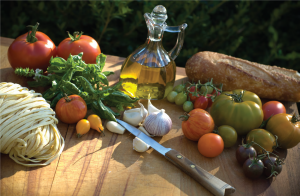 mysteriously minty and clovey, that makes the dish irresistible. Seconds? Gladly. Another irresistible accent partnership—the fool-proof combo of chanterelles and apricot puree—elevates slices of roasted duck breast, creamy white polenta and knobby baby turnips.
mysteriously minty and clovey, that makes the dish irresistible. Seconds? Gladly. Another irresistible accent partnership—the fool-proof combo of chanterelles and apricot puree—elevates slices of roasted duck breast, creamy white polenta and knobby baby turnips.
Chanterelles and apricots love each other and, in the end, they provide the flavor muscle for the dish. I’m just as fond of the roasted pork, which, on this night, was given the season-throwback sideshows of corn both in a purée and strained chowder, plus grilled asparagus. Here there is nothing on the menu for which you won’t find the right wine on the eclectic wine list. While there’s a wide price range, the middle-level bottles between $60 and $90 are where vinophiles will find relative bargains and the best connections to the food. We nabbed a midrange Charles Schleret Herrenweg Riesling from Alsace whose versatility with Drake’s food would be tough to match at any price.
I’m not sure I’ve met the match for the berry trifle here, largely because the almond shortcake that anchors the layering hits the trifecta of texture, balance of flavors and moistness. Tack on a rush of tart and sweet blackberries, a dollop of vanilla-scented cream and a scoop of strawberry sorbet, and you’ve got a truly grand finale. The chocolate tart—with its lemony pastry, brush of salted caramel, vanilla crème fraiche and sprinkling of pulverized pistachios—certainly can’t be considered an also-ran. Choosing cheese as dessert might find you presented with a plate of creamy Pierre Robert, a tangy goat’s milk number called Coupole, a nutty Pecorino, a butterscotchy aged Gouda and a spicy Cabrales, which is a dandy and snappy blue. It’s a fine choice for ending an evening here. So is making a reservation for next time on your way out. Restaurant David Drake is what a chef-driven restaurant is all about.

Editors Note: Andy Clurfeld is a former editor of Zagat New Jersey. The longtime food critic for the Asbury Park Press also has been published in Gourmet, Saveur and Town & Country, and on epicurious.com.

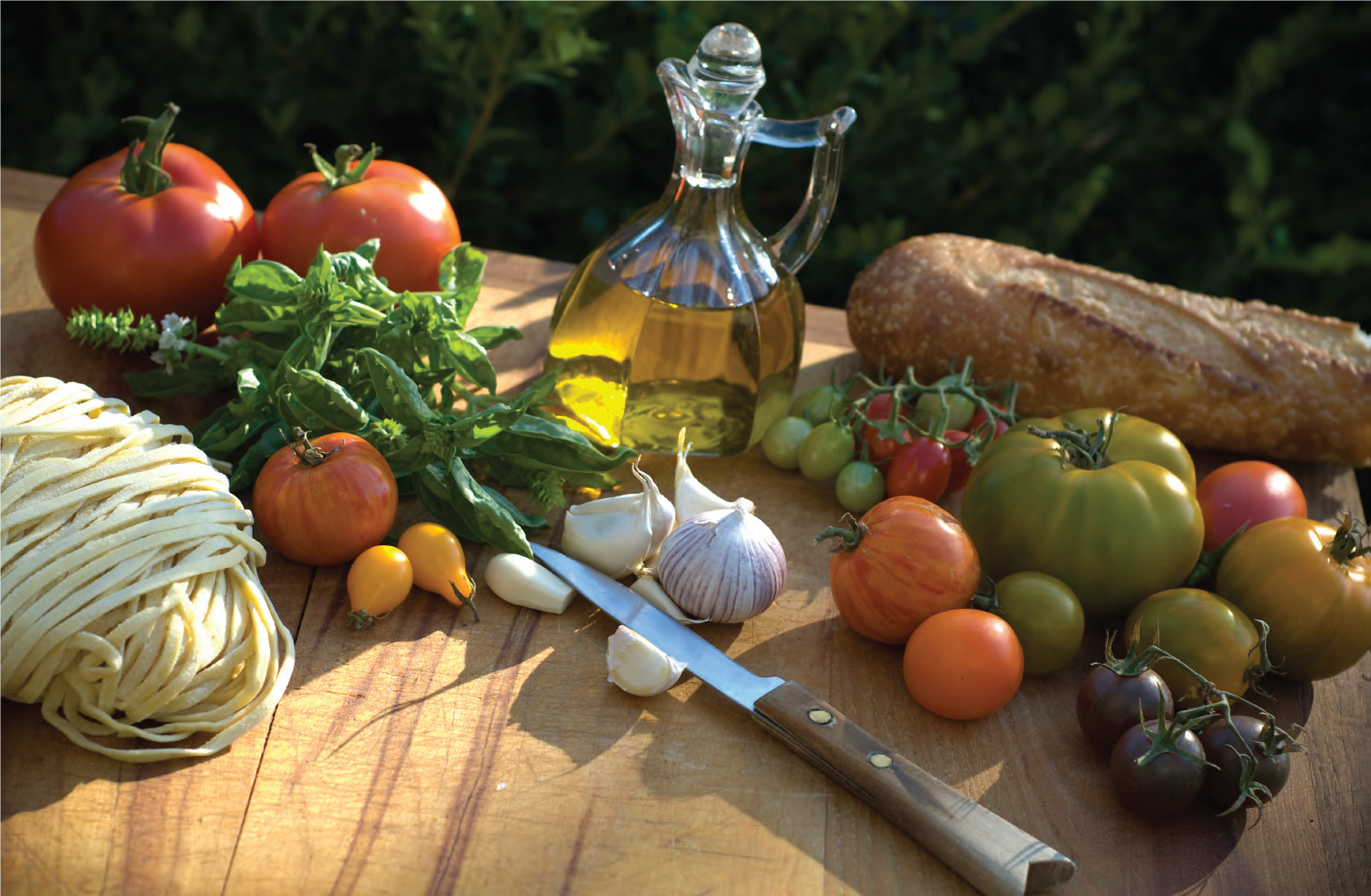
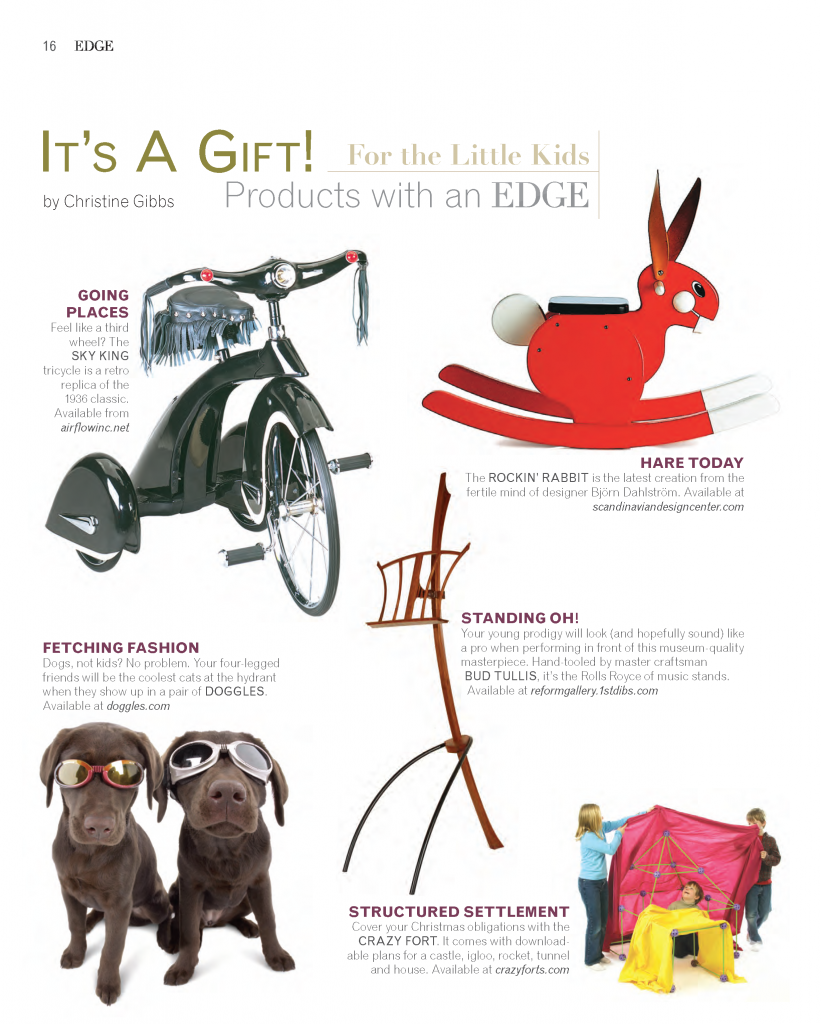

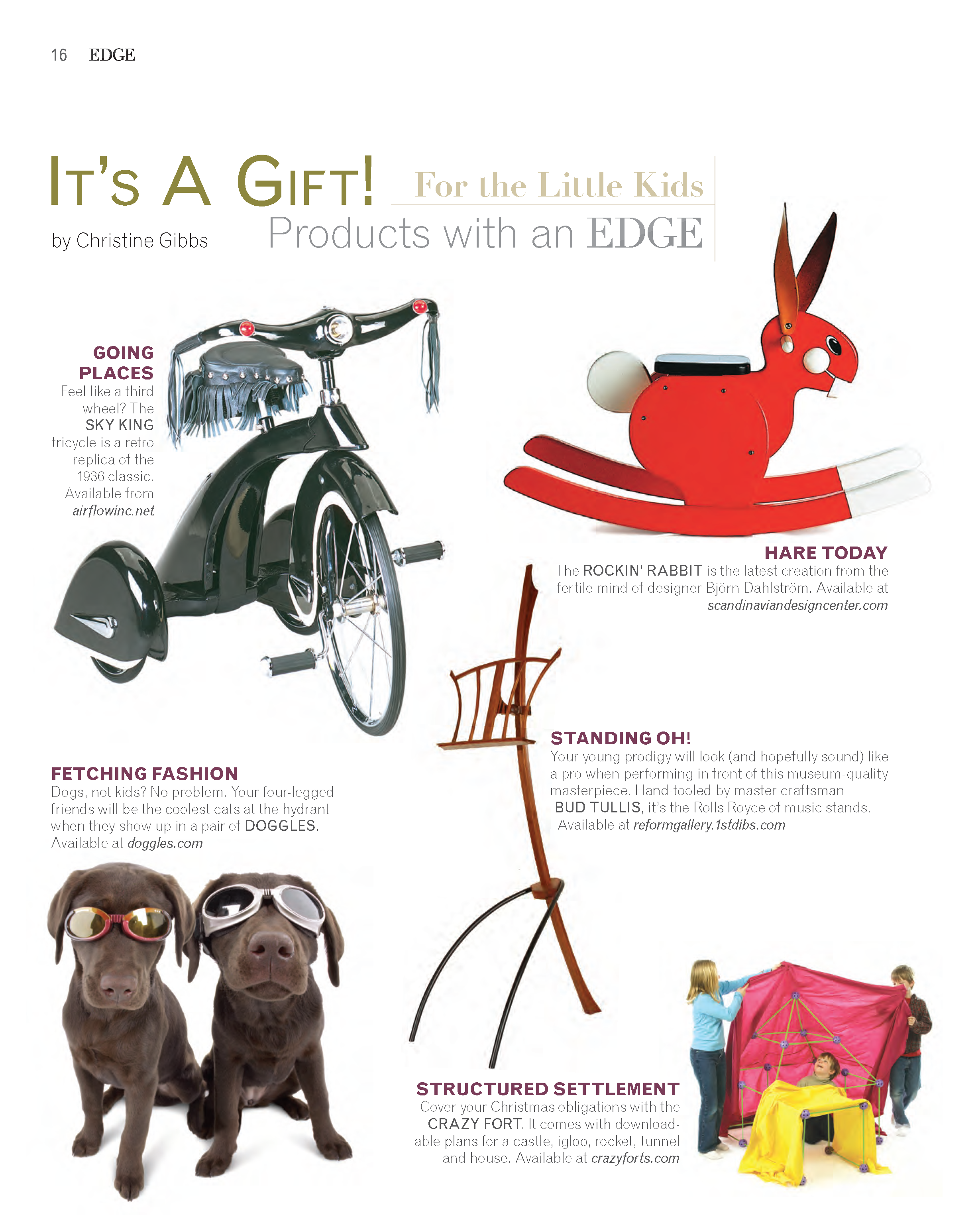
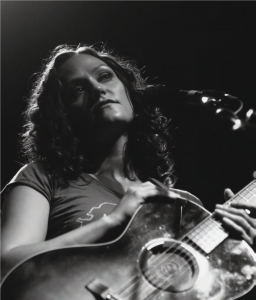


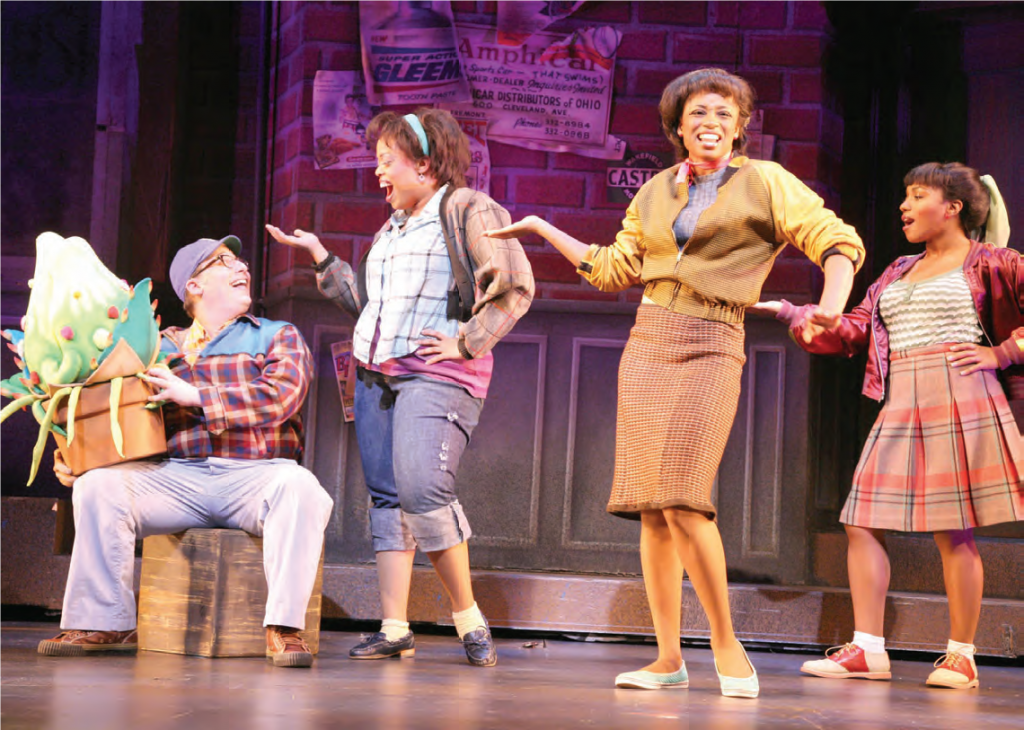
 Financial Crisis May Force Paper Mill Playhouse To Go Dark. That was a headline from April 2007—not 2008 or 2009. Perhaps the timing was a blessing. Had New Jersey’s state theater run aground amidst of the current financial crisis, it might have gone the way of Lehman Brothers. Instead, a few weeks later, thanks to $300,000 in donations, audiences were treated to a rousing production of Seven Brides for Seven Brothers. Next, the Township of Millburn stepped in and purchased its Brookside Drive land and buildings for $9 million, then leased them back to Paper Mill for 75 years as a hands-off landlord. Present crisis averted, the folks that run PMP began thinking about the future. The buzz words they use are Inter-generational Programming. “Productions specifically designed to broaden our audience appeal to a younger group,” explains Shayne Miller, Director of Press and Public Relations. “By providing ‘family favorite programming’ in our mix—for example High School Musical and Peter Pan—we may attract first-timers to the theater as parents taking their children.
Financial Crisis May Force Paper Mill Playhouse To Go Dark. That was a headline from April 2007—not 2008 or 2009. Perhaps the timing was a blessing. Had New Jersey’s state theater run aground amidst of the current financial crisis, it might have gone the way of Lehman Brothers. Instead, a few weeks later, thanks to $300,000 in donations, audiences were treated to a rousing production of Seven Brides for Seven Brothers. Next, the Township of Millburn stepped in and purchased its Brookside Drive land and buildings for $9 million, then leased them back to Paper Mill for 75 years as a hands-off landlord. Present crisis averted, the folks that run PMP began thinking about the future. The buzz words they use are Inter-generational Programming. “Productions specifically designed to broaden our audience appeal to a younger group,” explains Shayne Miller, Director of Press and Public Relations. “By providing ‘family favorite programming’ in our mix—for example High School Musical and Peter Pan—we may attract first-timers to the theater as parents taking their children.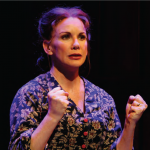 Playhouse presented Laura Ingalls Wilder’s Little House on the Prairie as a musical. It starred Melissa Gilbert (middle left), who played Laura in the famed television series from the age of 9 to the age of 20. In this production, the 45-year-old Gilbert—who recently served two terms as president of the Screen Actors Guild—was cast as Ma.
Playhouse presented Laura Ingalls Wilder’s Little House on the Prairie as a musical. It starred Melissa Gilbert (middle left), who played Laura in the famed television series from the age of 9 to the age of 20. In this production, the 45-year-old Gilbert—who recently served two terms as president of the Screen Actors Guild—was cast as Ma. All photos courtesy of Paper Mill Playhouse: Little Shop of Horrors, Lynn Redgrave/The Importance of Being Earnest, Kiss Me, Kate and Oklahoma!: Gerry Goodstein; Melissa Gilbert/Little House
on the Prairie, The Musical: Jerry Dalia; 1776: Kevin Sprague.
All photos courtesy of Paper Mill Playhouse: Little Shop of Horrors, Lynn Redgrave/The Importance of Being Earnest, Kiss Me, Kate and Oklahoma!: Gerry Goodstein; Melissa Gilbert/Little House
on the Prairie, The Musical: Jerry Dalia; 1776: Kevin Sprague.
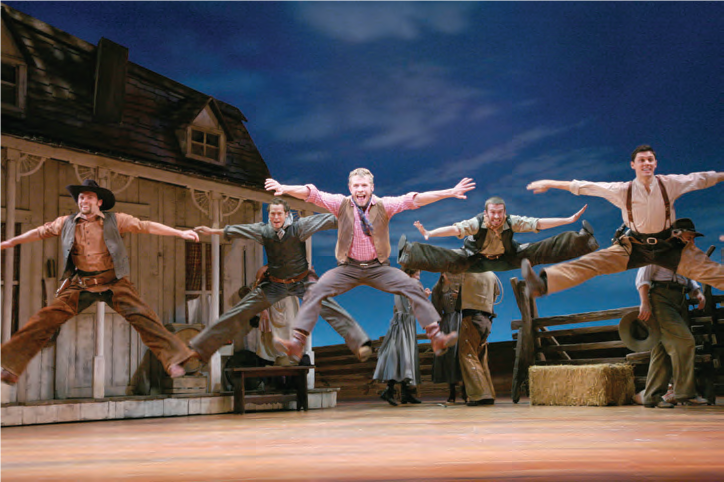

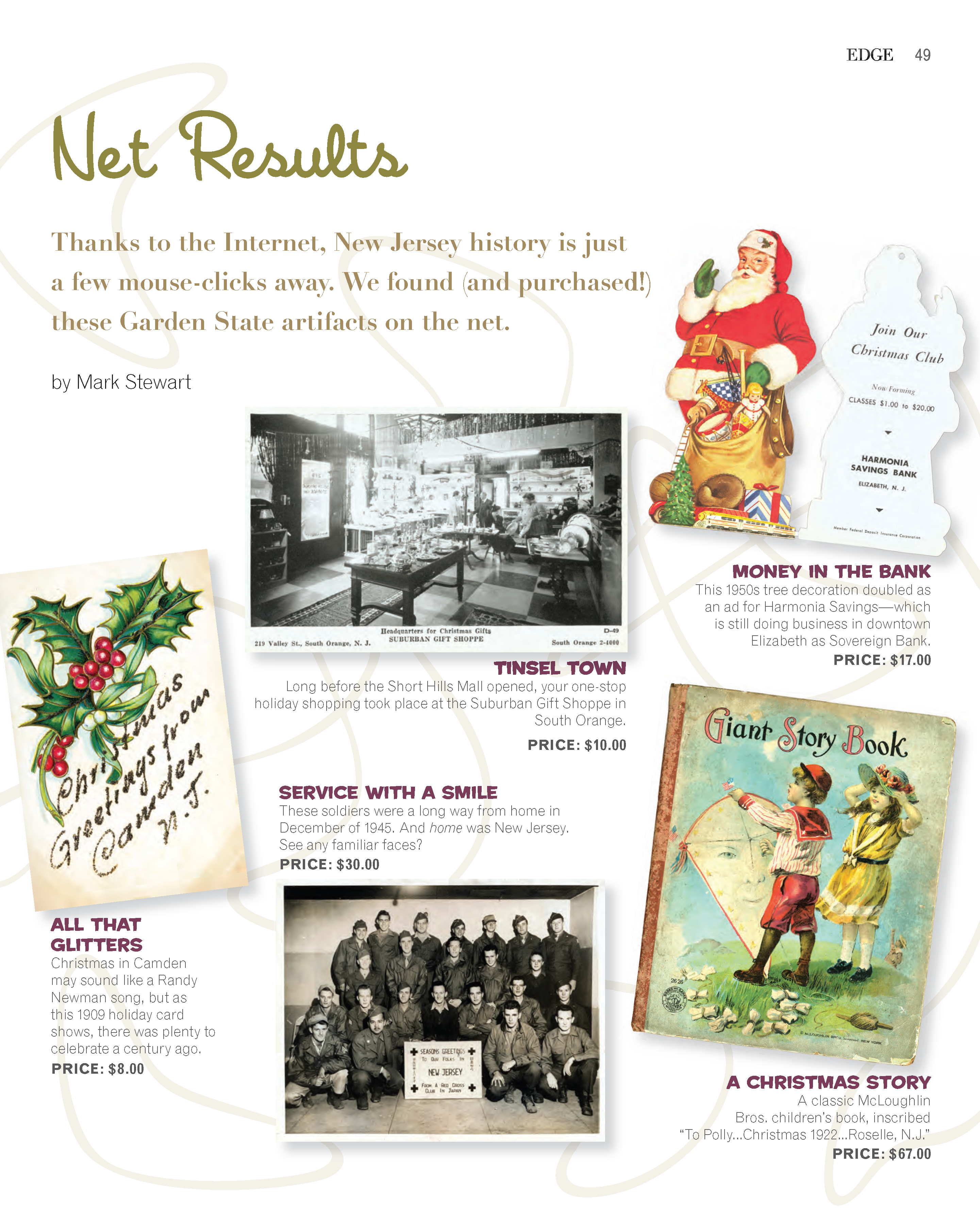
 inspiration, New Jersey serves as his touchstone. The instant he motors past that center stripe in the Lincoln Tunnel, he feels he is home again. In his chat with the NBC Nightly News anchor, EDGE editor MARK STEWART discovers that what you see (and hear) is what you get. Whether getting a story right, hosting Saturday Night Live, or putting his money where his heart is, Williams is as authentic as they come.
inspiration, New Jersey serves as his touchstone. The instant he motors past that center stripe in the Lincoln Tunnel, he feels he is home again. In his chat with the NBC Nightly News anchor, EDGE editor MARK STEWART discovers that what you see (and hear) is what you get. Whether getting a story right, hosting Saturday Night Live, or putting his money where his heart is, Williams is as authentic as they come.

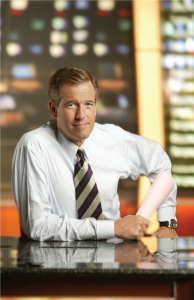 BW: When I pass into New Jersey there’s something that happens to me at mid-span on the GW Bridge and midway through the Lincoln Tunnel. I call it my ‘power corridor’. I feel most at home there. I speak New Jersey. New Jerseyans are real. It’s the most densely populated state in the union and yet I can tell from your accent if you’re from South Jersey or North Jersey. I can usually tell if you’re from the Mid Shore. We have a lot of different regions, and yet I think there’s a baked-in pride. We have to put up with a lot of crap. I don’t take kindly to a lot of Jersey jokes because I know a lot about my state. Way too many people judge our state based on one stretch of highway on the Turnpike along refinery row. And that’s unfortunate. I think if we had it to do over again, we wouldn’t route so many millions of motorists right past the most heavily industrialized region of the East Coast.
BW: When I pass into New Jersey there’s something that happens to me at mid-span on the GW Bridge and midway through the Lincoln Tunnel. I call it my ‘power corridor’. I feel most at home there. I speak New Jersey. New Jerseyans are real. It’s the most densely populated state in the union and yet I can tell from your accent if you’re from South Jersey or North Jersey. I can usually tell if you’re from the Mid Shore. We have a lot of different regions, and yet I think there’s a baked-in pride. We have to put up with a lot of crap. I don’t take kindly to a lot of Jersey jokes because I know a lot about my state. Way too many people judge our state based on one stretch of highway on the Turnpike along refinery row. And that’s unfortunate. I think if we had it to do over again, we wouldn’t route so many millions of motorists right past the most heavily industrialized region of the East Coast.